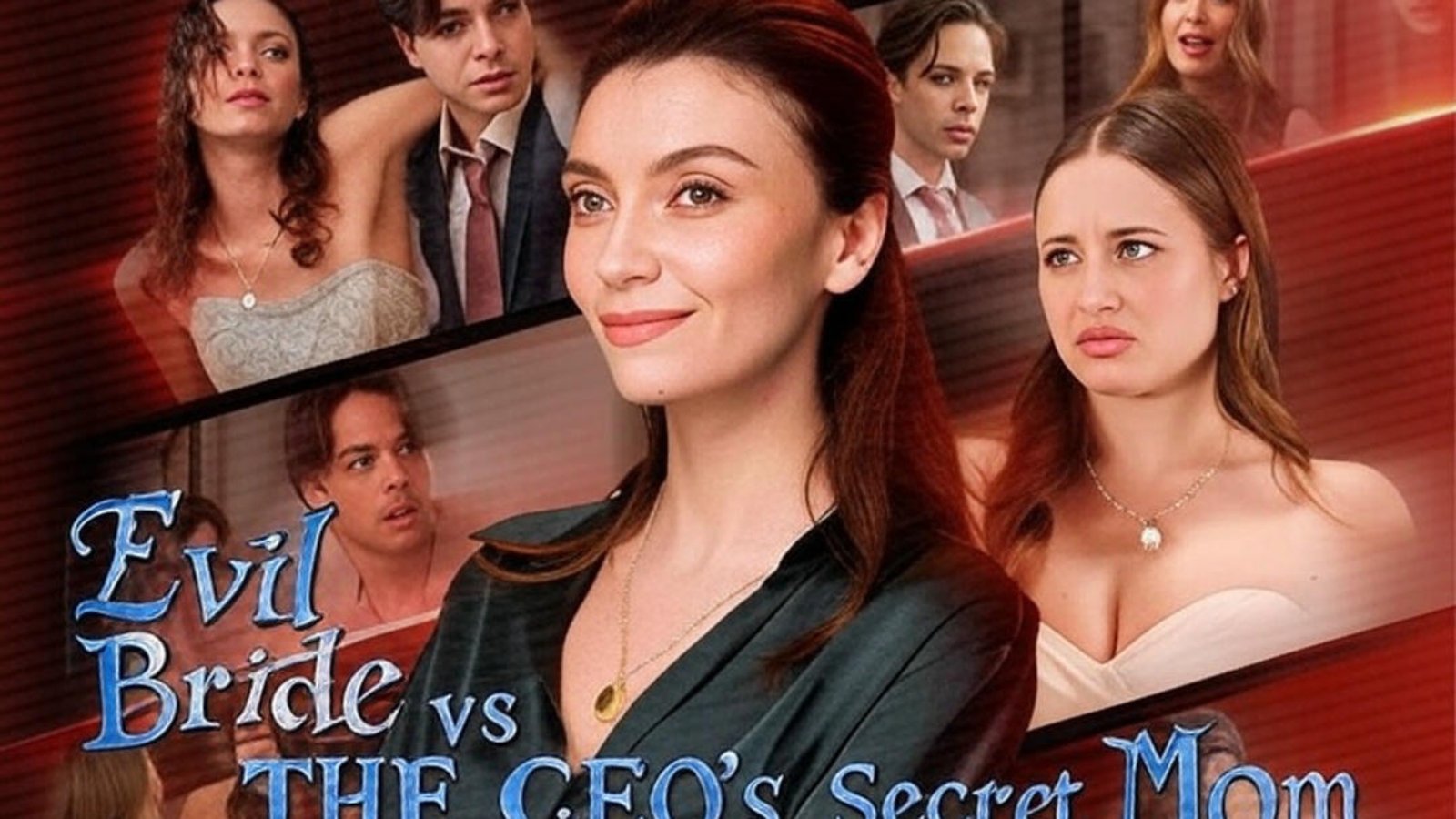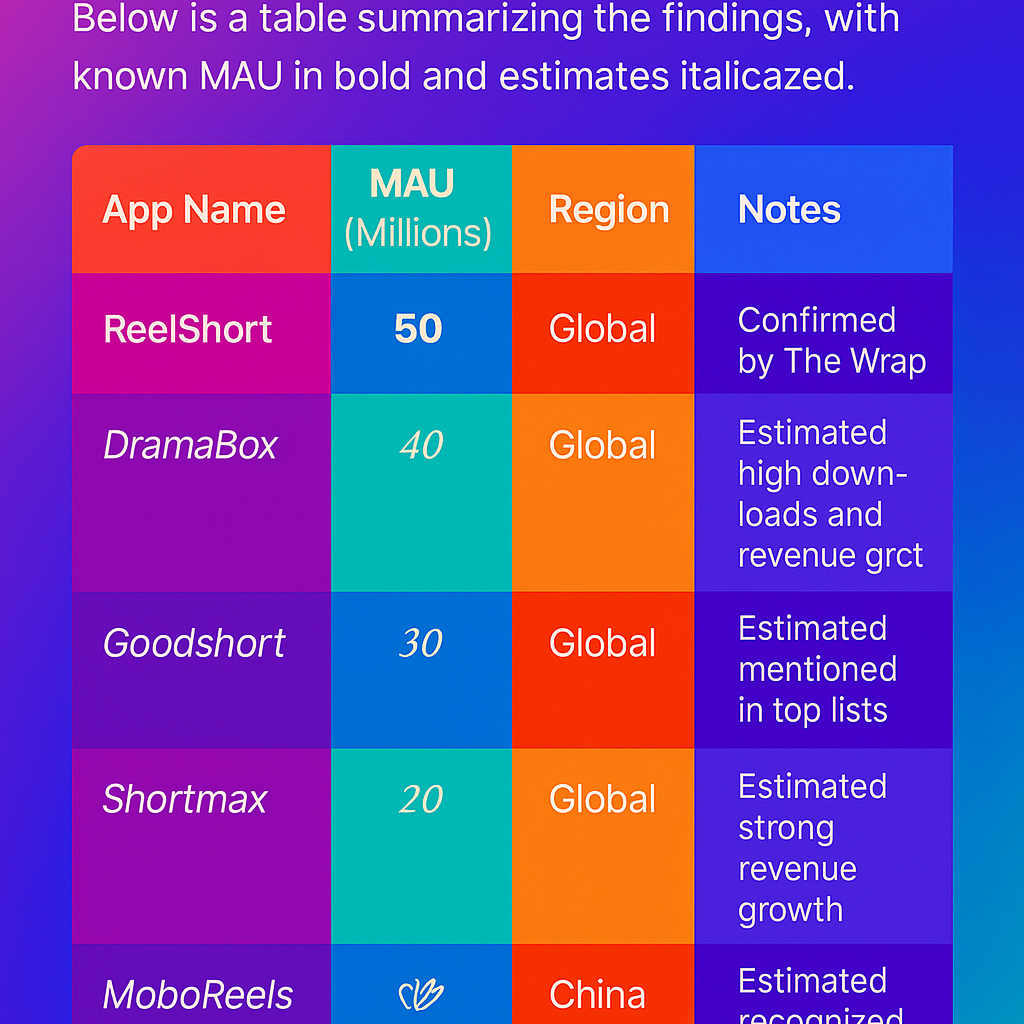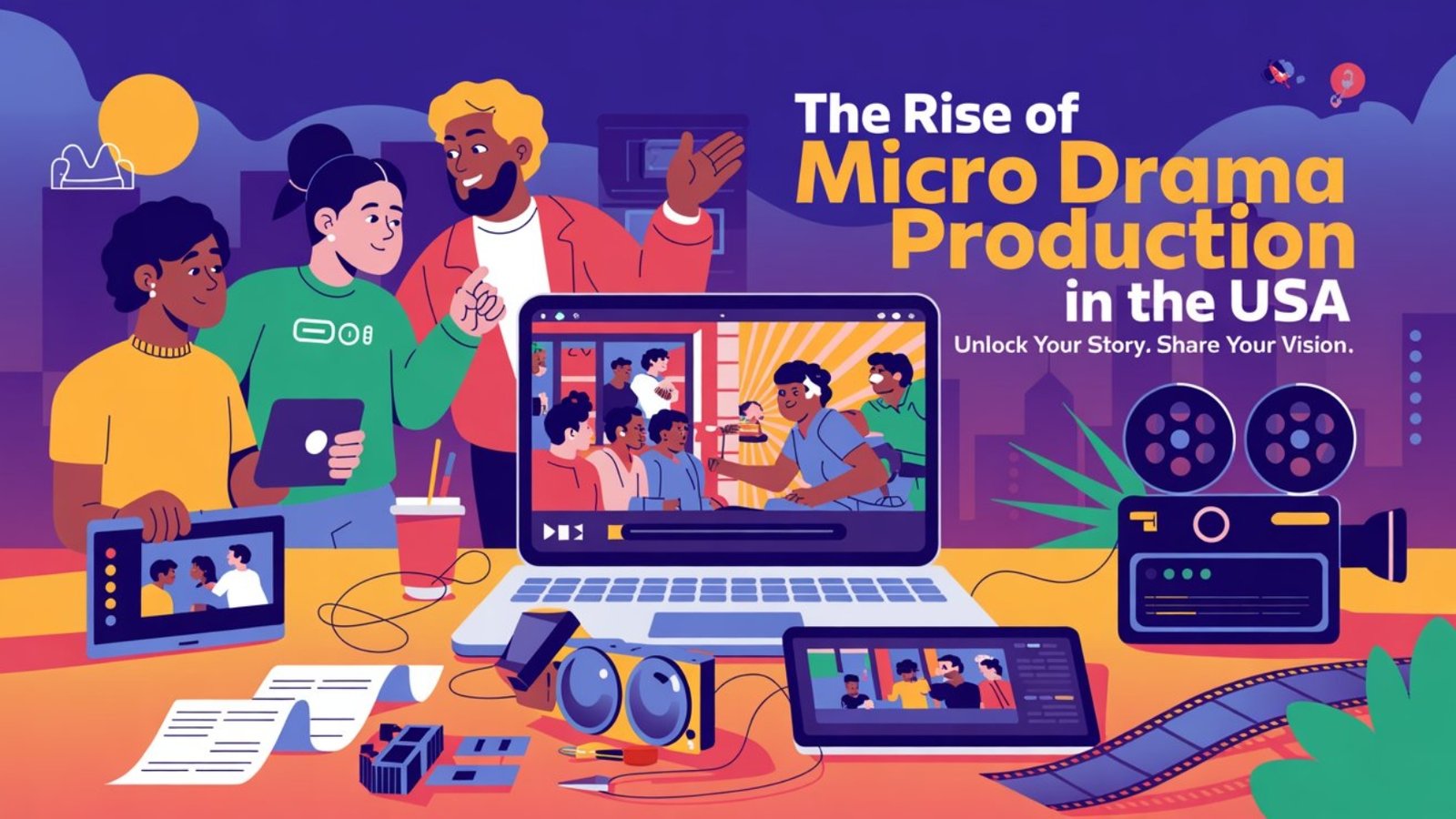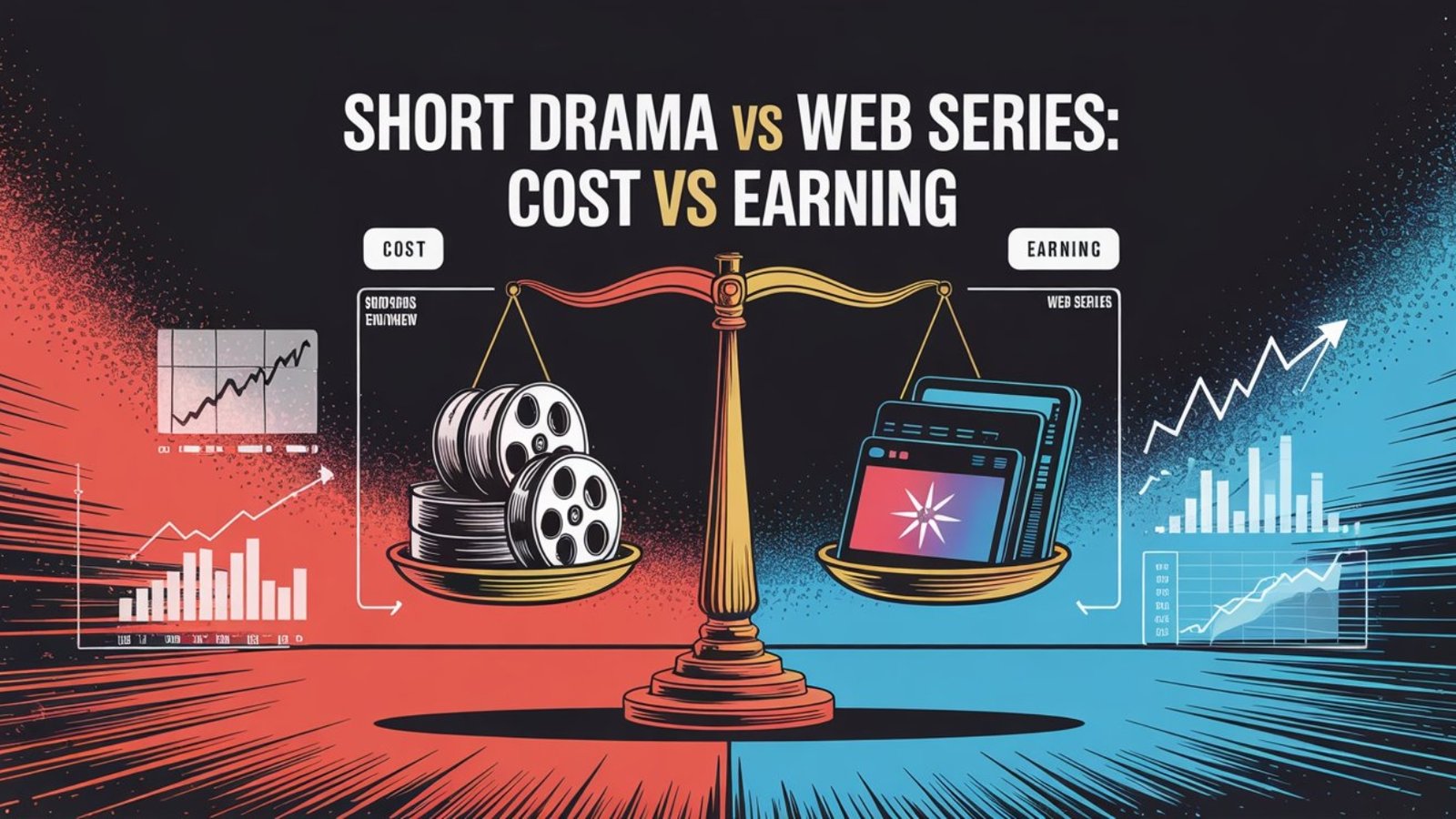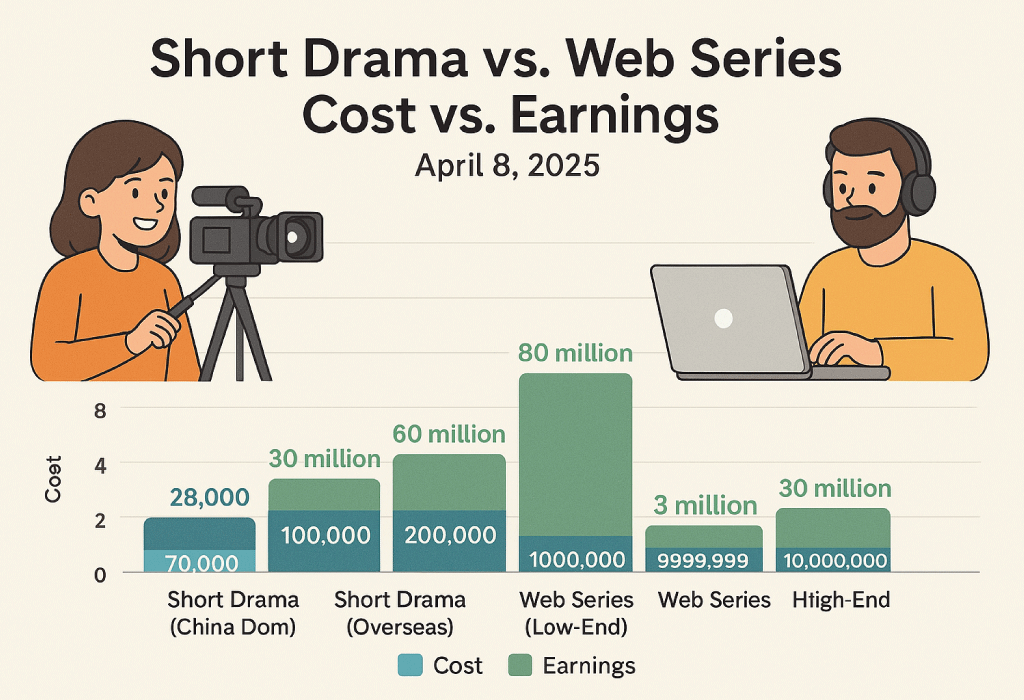Understanding Short Drama Copyright Protection
Your short drama, whether a script or recorded performance, is automatically protected by copyright as soon as it’s created and fixed in a tangible form, like writing it down or recording it. This means you have exclusive rights to reproduce, distribute, perform, and display your work. However, to enforce these rights in court, especially in the US, registration is often necessary.
Steps to Protect Your Work
To protect your short drama:
- Register Your Work: Visit the US Copyright Office website (Register Your Work) and select “Works of the Performing Arts” for scripts or “Motion Picture/Audiovisual Work” for recordings. This process involves filling out an application, paying a fee (details at Copyright Fees), and submitting copies.
- Use Copyright Notices: Include a notice like “© [Year] [Your Name]” on your work to deter potential infringers.
- Keep Records: Maintain drafts and notes to prove creation dates if disputes arise.
- Be Cautious with Sharing: Share only with trusted parties or under non-disclosure agreements (NDAs).
- Use Licenses and Contracts: Define terms when allowing others to use your work to maintain control.
Monitoring and Enforcement
Regularly search for unauthorized uses online and take action if you find infringements. Registration can also make you eligible for statutory damages and attorney’s fees in successful litigation, which can be crucial for enforcement.
Survey Note: Comprehensive Guide to Protecting Your Short Drama Copyright
This comprehensive guide explores the intricacies of protecting your short drama’s copyright, covering both theoretical and practical aspects to ensure your creative work is safeguarded. Whether your short drama is a written script or a recorded performance, understanding copyright law is essential for maintaining control over your intellectual property.
What is a Short Drama and Why Protect It?
A short drama can be a play, screenplay, or recorded performance, intended for an audience. Copyright protection is vital to prevent unauthorized use, ensuring you retain exclusive rights to reproduce, distribute, perform, and create derivative works. This protection encourages creativity by securing financial and creative control, especially in an era where digital sharing is prevalent.
Automatic Copyright Protection
In many jurisdictions, including the United States, your work is automatically protected by copyright as soon as it’s created and fixed in a tangible form. This means that the moment you write your script or record your performance, it is protected under law. This automatic protection is grounded in the US Copyright Act, which covers original works of authorship, including literary, dramatic, musical, and audiovisual creations (Copyright Basics).
However, while protection is automatic, enforcing your rights, particularly in legal disputes, often requires additional steps. For instance, in the US, you must register your work with the US Copyright Office to file a lawsuit for infringement, as clarified by a 2019 Supreme Court ruling (Supreme Court Ruling).
What Does Copyright Protect?
Copyright protects the specific expression of your ideas, not the ideas themselves. For a short drama:
- Written Script: Considered a literary or dramatic work, protecting the dialogue, stage directions, and narrative structure.
- Recorded Performance: Classified as an audiovisual work, covering the visual and audio elements of the performance.
Importantly, copyright does not extend to general ideas, plots, or themes. For example, multiple authors can write stories about star-crossed lovers without infringing, as long as they use different expressions (Protecting Your Stories).
The Importance of Registration
While automatic protection exists, registering your work with the US Copyright Office provides significant legal advantages. Registration creates a public record of your copyright, making it easier to prove ownership in court. It also allows you to seek statutory damages and attorney’s fees in successful litigation, which can be crucial for enforcement (Why Register).
To register:
The process involves filling out an online application via the Electronic Copyright Office (eCO) system, paying a fee (details at Copyright Fees), and submitting copies of the work. For unpublished works, ensure you submit the final version, as registration covers that specific iteration.
Practical Steps to Enhance Protection
Beyond registration, several practical measures can help protect your short drama:
- Keep Records: Maintain drafts, notes, and timestamps to document the creation process. This can be vital in proving originality and date of creation, especially in disputes.
- Use Copyright Notices: Include a notice like “© [Year] [Your Name]” on your script or recording. This informs others of your copyright and can deter potential infringers, though it’s not legally required for protection (Copyright Notices).
- Be Cautious with Sharing: Share your work only with trusted individuals or under non-disclosure agreements (NDAs). Be mindful of online platforms, as digital distribution can increase infringement risks.
- Use Licenses and Contracts: When allowing others to use your work, use licenses or contracts to define terms. This ensures you maintain control over how your work is used, such as limiting performances to specific venues or durations.
Monitoring for Infringement and Taking Action
Regularly monitor for unauthorized uses by searching online for distinct elements of your work, such as unique dialogue or visuals. If you suspect infringement, consult a legal professional to assess your options, which may include sending cease-and-desist letters or pursuing legal action. Registration is particularly important here, as it enables you to seek remedies like statutory damages, which range from $200 to $150,000 per work, depending on the infringement’s extent (Statutory Damages).
Special Considerations for Dramatic Works
Dramatic works, including short dramas, have specific rights, such as the right to public performance. If someone performs your script without permission, this could constitute infringement. Similarly, distributing unauthorized recordings violates your distribution rights. Be aware that registration for a script applies only to that specific version, and “blanket” registration for future scripts is not available (Scripts Registration).
International Considerations
While this guide focuses on US law, copyright protection varies by country. For international protection, consider treaties like the Berne Convention, which many countries are signatories to, ensuring automatic protection in member states. However, enforcement may require registration in each jurisdiction, so consult local laws for specifics.
Conclusion
Protecting your short drama’s copyright involves a combination of understanding automatic protection, registering with the appropriate office, and taking practical steps like using notices and contracts. By following these guidelines, you can safeguard your creative work, ensuring you retain control and can enforce your rights if needed. Always consult a legal professional for advice tailored to your specific situation, especially for international protection or complex disputes.

